Analisis Strategi Positioning Produk Berdasarkan Persepsi Konsumen Pada Industri Batik Di Jawa Timur
DOI:
https://doi.org/10.30587/jurnalmanajerial.v8i01.1975Keywords:
Positioning of, Batik, Consumer, Perceived, Multidimensional, ScallingAbstract
Background - Competition in the Batik industry in Indonesia is quite sharp. Therefore it is necessary to apply the right marketing strategy in this industry. Whereas each batik industry that originates from the region has its own uniqueness that can attract the attention of consumers. Therefore, a positioning strategy for batik products is needed to be able to create more value in the minds of consumers compared to its competitors. Purpose - This research purposed to describe the position of competition (positioning) on batik industry in East Java based on the perceptions of local batik consumers. Design / Methodology / Approach - The study took samples of batik consumers in 9 cities in East Java, namely Bangkalan, Sidoarjo, Lamongan, Tuban, Pasuruan, Tulungagung, Mojokerto, Ponorogo and Banyuwangi. The population was taken by using purposive sampling technique. Respondents were taken as many as 200 respondents from selected batik producing cities. The research was conducted on 9 kinds of attributes that distinguish the distinctive characteristics of batik between regions in East Java including the quality of the fabric used, the quality of the coloring of the fabrics used, the patterns or motifs, the various colors, prices, design innovation, popularity, value art and intrinsic meaning. To conduct the analysis, analysis techniques using multidimensional scaling were used. Results and Discussion - The results showed a significant difference between the batik in each region which shows the characteristics of the area. The implication of this research was very useful for batik business in East Java to find out their competitive position among this industry in East Java, so that they can determine the right competition strategy according to the advantages or characteristics of each region. Conclusion - There are differences in perceptions of the quality attributes of the fabric material, the quality attributes of fabric coloring, batik patterns or motifs, various colors, prices, design innovation, popularity, artistic value and intrinsic meaning of batik batik in East Java which is the object of this research. Research implication - The research contributions are presented in the form of theoretical contributions and practical contributions. The theoretical contribution made is that this study supports previous research, that marketers can find out the competitive position in the industry through the perceived attributes of consumers. The implication of this research is very useful for marketers to find out who their close competitors are so that marketers can apply the right strategy to deal with competitors. Batik entrepreneurs or craftsmen should make products with high artistic value that characterize the Indonesian culture. Research limitations – The limitation of this study lies in the sample selection, because consumers only know the product attributes that they know, in the next research, consumer selection should preferably be on consumers who know all the characteristics of the businesses being compared. Further research can also examine the segmentation, targeting and positioning policies of batik products in marketing their products in the community.
References
Ariem Tsuluts, Saiful Mukmin, Agus Suryono, dan Abdullah Said. 2010. Implementasi Rencana Strategi Pemerintah dalam Pengembangan Usaha Batik Tulis Tenun Gedog (Studi di Dinas Perekonomian dan Pariwisata Kabupaten Tubandan di Usaha Batik Tulis Tenun Gedog di DesaKedungrejo Kecamatan Kerek Kabupaten Tuban). Vol. 1, No. 6, Hal.1131-1140
David, F. R. 2009. Manajemen Strategis. Jakarta: Penerbit Salemba Empat.
Devy, Eriza Fitria. 2011. Studi Eksplorasi tentang Motif Batik Tulis “Gedog” di Kecamatan Kerek Kabupaten Tuban.
Ghozali, Imam. 2005. Aplikasi Analisis Multivariate dengan SPSS. Semarang: Badan Penerbit UNDIP
Handini, Yuslinda Dwi dan Sisbintari Ika. 2013. Mempertahankan Warisan Budaya melalui Penciptaan Pengetahuan dan Pengembangan Desa Wlsata. Vol. 18, No. 2
Isnaini, Enik. 2015. Upaya Pemerintah Kabupaten Lamongan Dalam Melindungi Hak Cipta Batik Tradisional; Jurnal Independent Fakultas Hukum; ISSN : 2338-7777; Universitas Islam Lamongan
James, K. dan Akrasanee, N. (1988). Small and Medium Business Improvement in The Asean Region. Institute of Southeast Asian Studies
Kartajaya Hermawan. 2004. Positioning, Differensiasi, dan Brand. PT. Gramedia Pustaka Utama, Jakarta
Kotler, Philip and Gary Armstrong. 2008. Prinsip -prinsip Pemasaran. Edisi 12. Jilid 1. Jakarta: Erlangga.
Kurtilla, Mikko et all. 2000. Utilizing the analytic hierarchy process _AHP. in SWOT analysis a hybrid method and its application to forest certification caseq. Forest Policy and Economics 1 _2000. 41]52
Longenecker, JG., Carlos WM., Leslie EP., &J. William P. 2006. Small business management: An entrepreneurial emphasis. 13rd edition. Mason, Ohio: Thomson South-Western.
Poerwanto dan Zakaria Lantang Sukirno. 2012. Inovasi Produk dan Motif Seni Batik Pesisiran Sebagai Basis Pengembangan Industri Kreatif Dan Kampung Wisata Minat Khusus; Jurnal AL-AZHAR INDONESIA SERI PRANATA SOSIAL, Vol. 1, No. 4, September 2012
Primadhyta, S. 2015. Menteri Gobel bakal larang impor batik. Diperoleh tanggal 15 Juni 2014, http://www.cnnindonesia.com/ekonomi/20150411153228-78-45910/menterigobel-bakal-larang-impor-batik/.
Prihatin Iyanto Ph; Strategi Manajemen dan Model Bisnis; ISBN: 978-602-7629-14-3; Indukasi Mitra Grafika; Palu
Purwandari, Suci .2015. Analisis Quantitative Strategic Planning Matrix (QSPM) Sebagai Landasan Menentukan Strategi Pemasaran Pada Smk Citra Medika Sukoharjo; Jurnal Sainstech Politeknik Indonusa Surakarta ISSN : 2355-5009 Vol. 1 Nomor 3 Tahun 2015
Ramadhana, Ike dan Drs. H. Kirwani, S.E., M.M. 2015. Pengembangan Usaha Sentra Industri Kecil Batik Tulis Gedog Sebagai Potensi Ekonomi Lokal Kabupaten Tuban; Jurnal Fakultas Ekonomi, Universitas Negeri Surabaya; Volume 3 No 3 Tahun 2015
Singgih Santoso, 2002 Mengolah Data Statistik Secara Professional, Elex Media Komputindo, Jakarta
Swastha, Basu dan Irawan. 2004. Manajemen Pemasaran Modern. Surabaya : Liberty.
Husein Umar, 2003, Metodologi Penelitian Untuk Skripsi dan Tesis Bisnis,Jakarta : PT. Gramedia Pustaka
Tjiptono, Fandy. 1997. Strategi Pemasaran. Yogyakarta : CV.Andi.

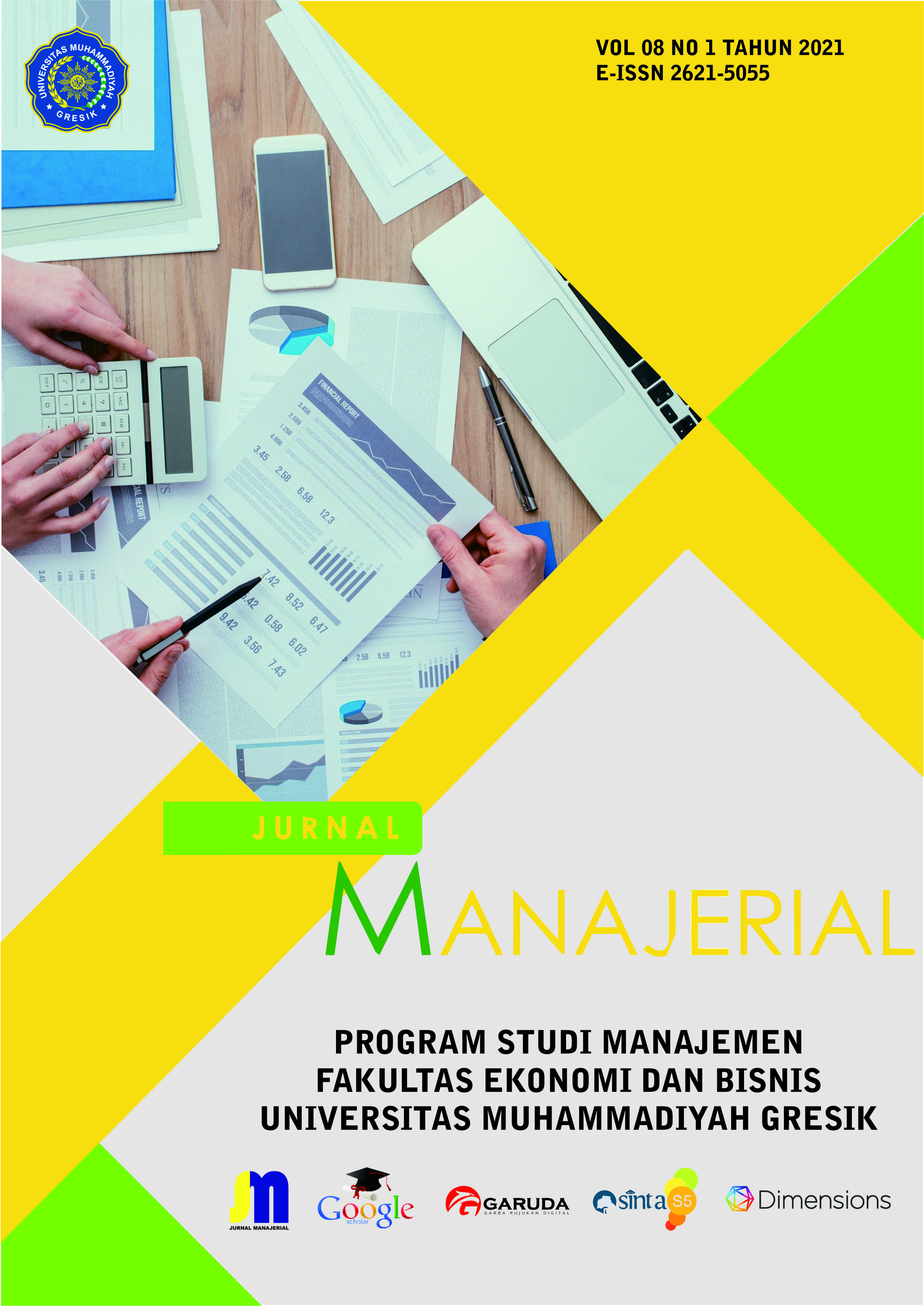





















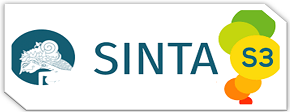
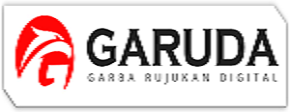

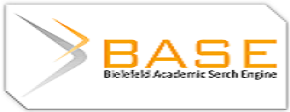

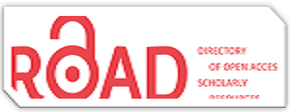

 P-ISSN: 2354-8592 __ E-ISSN: 2621-5055
P-ISSN: 2354-8592 __ E-ISSN: 2621-5055 
